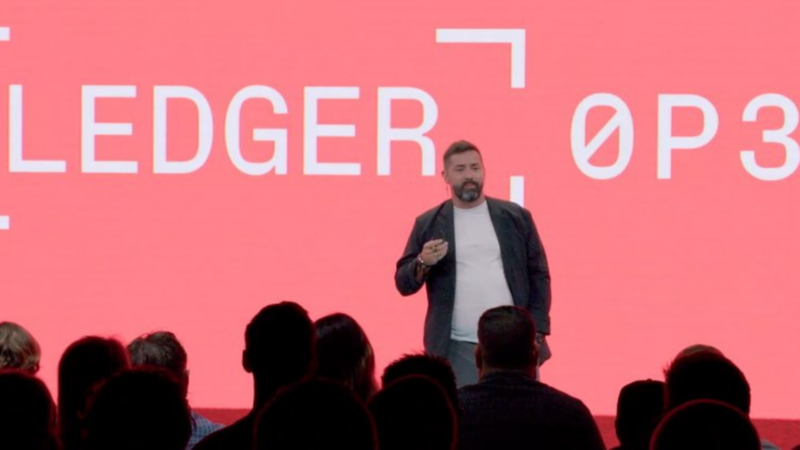Aster, the platform for perpetual contracts gaining momentum with the support of CZ, has just experienced a major hiccup. On Thursday, the perpetual contract linked to the new token XPL from Plasma suddenly surged from $1.30 to (ironically) exactly $4 in a matter of seconds. The outcome: a wave of forced liquidations, followed by a community-wide panic.
Des liquidations, puis des remboursements en USDT
As soon as the incident was noticed, Aster reassured users with a message: ‘all funds are SAFU.’ A few hours later, the platform confirmed that it had fully reimbursed in USDT the liquidated traders, along with compensation for fees related to positions and liquidations. A quick response, distributed in less than three hours according to the project.
On paper, everything seems resolved. But behind these reimbursements lies a much deeper unease.
Un bug ou une négligence opérationnelle ?
Speculations quickly arose: several users accused Aster of mismanaging the transition between the testing phase and the official launch of the XPL market, some even suggesting that the Aster team had confused the XPL token with a stablecoin (Plasma being a blockchain specialized for USDT). During the preparatory phase, the index was artificially set at $1, with a price capped at $1.22. As demand for the token increased, traders were unable to place higher orders. Once these safeguards were removed, the system found itself ‘in the void,’ unable to track the real price, causing this sudden spike to $4 before quickly dropping back down.
Aster, on the other hand, has not confirmed any of these explanations, merely promising an internal investigation. But doubt lingers. For a platform already boasting volumes surpassing Hyperliquid, this technical fragility is anything but trivial.
Especially since the project is supported by YZi Labs, an entity linked to Changpeng Zhao’s circle. This situation only fuels criticism of the governance and reliability of the decentralized exchange.
Des millions en jeu, une transparence limitée
The exact amount of compensated liquidations remains unknown. Community estimates mention several million dollars, yet Aster has not disclosed any specific figures. This opacity further breeds mistrust: transactions on the Aster DEX are not visible on-chain.
Plasma, XPL et la croissance fulgurante d’Aster
This incident comes at the worst time for Plasma, as its mainnet had just launched, already boasting several billion dollars in locked stablecoins and a fully diluted valuation of the XPL token exceeding 12 billion.
As for Aster, its token skyrocketed in a few days, going from a valuation of 560 million to over 15 billion. The platform even took the lead in daily on-chain perpetual volumes in September, surpassing Hyperliquid and all competitors.
But this rapid growth, coupled with opaque mechanisms like ‘hidden orders’, invisible orders in the order book contrary to the transparency typically emphasized in DeFi, fuels growing mistrust.
Une vitrine qui se fissure
The XPL incident is not just a mere ‘technical glitch.’ It raises fundamental questions about the robustness of Aster and its design choices. The quick response in terms of reimbursements may save face in the short term, but trust is already shaken. In an industry where even the slightest technical flaw can cost fortunes, Aster’s trajectory resembles both a meteoric rise and a ticking time bomb.




